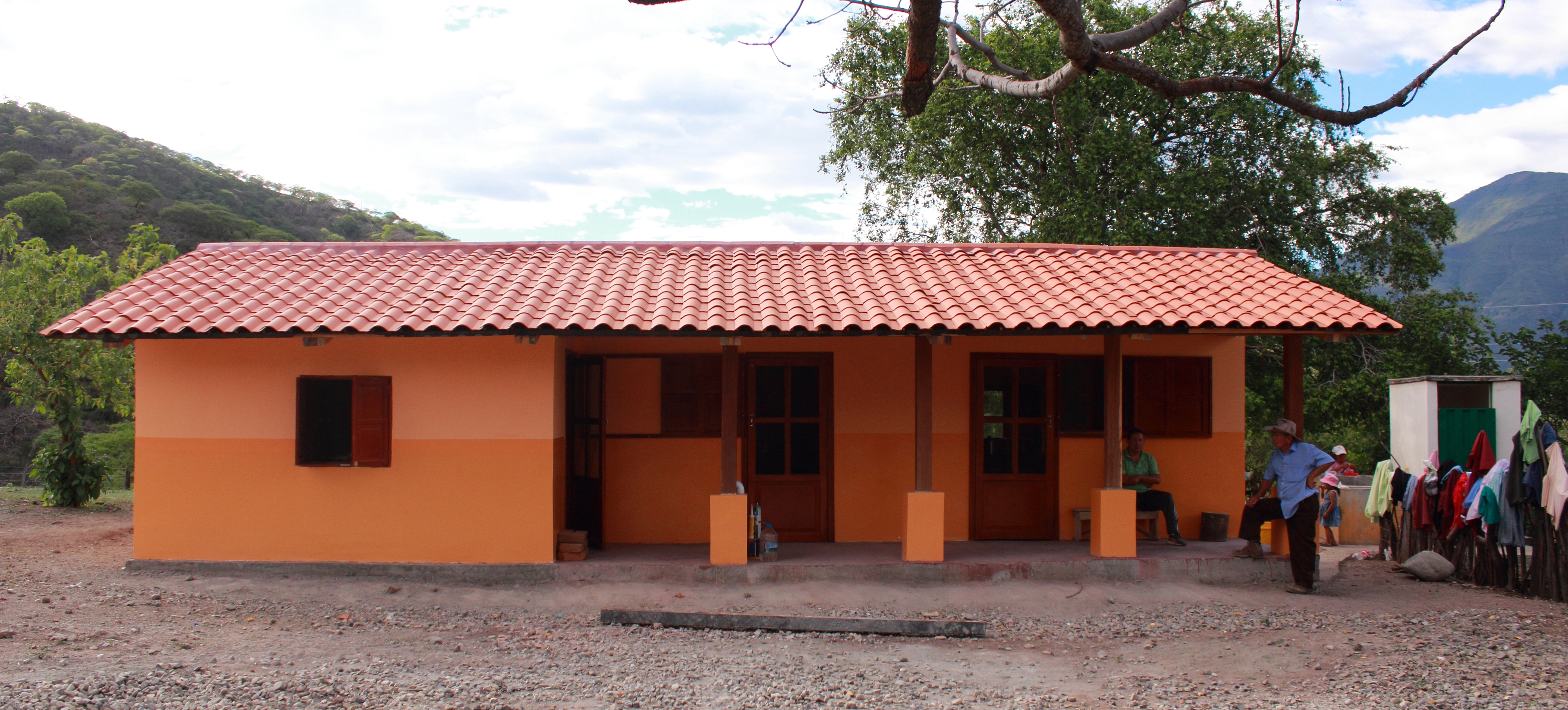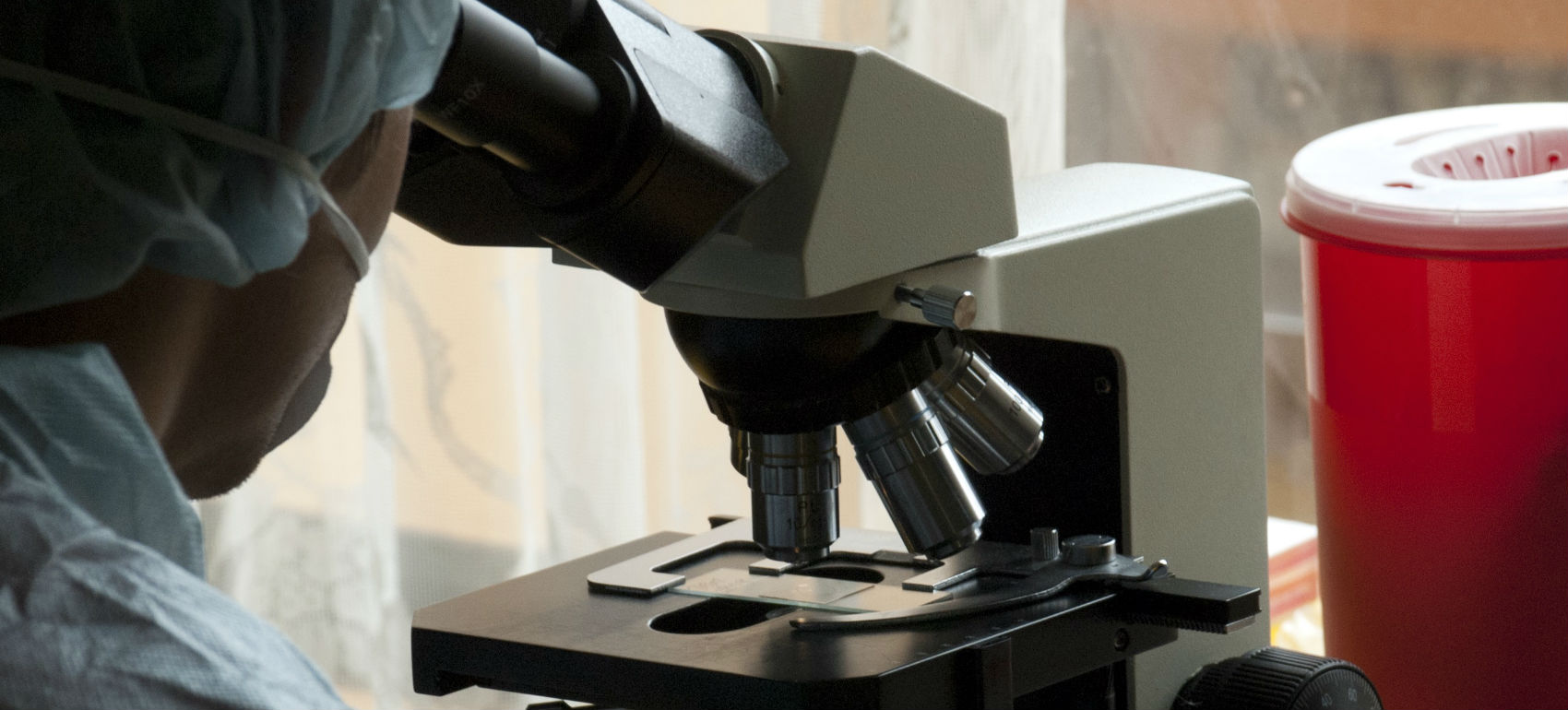
PUTTING KNOWLEDGE TO WORK We bridge the theory-practice gap by employing research and education beyond labs and classrooms to operationalize knowledge and evaluate its capacity to improve health and well-being of the population.


FOSTERING INTERACTION We work across institutions, disciplines, geographies and cultures to explore approaches to public health challenges that integrate globally and locally produced knowledge.
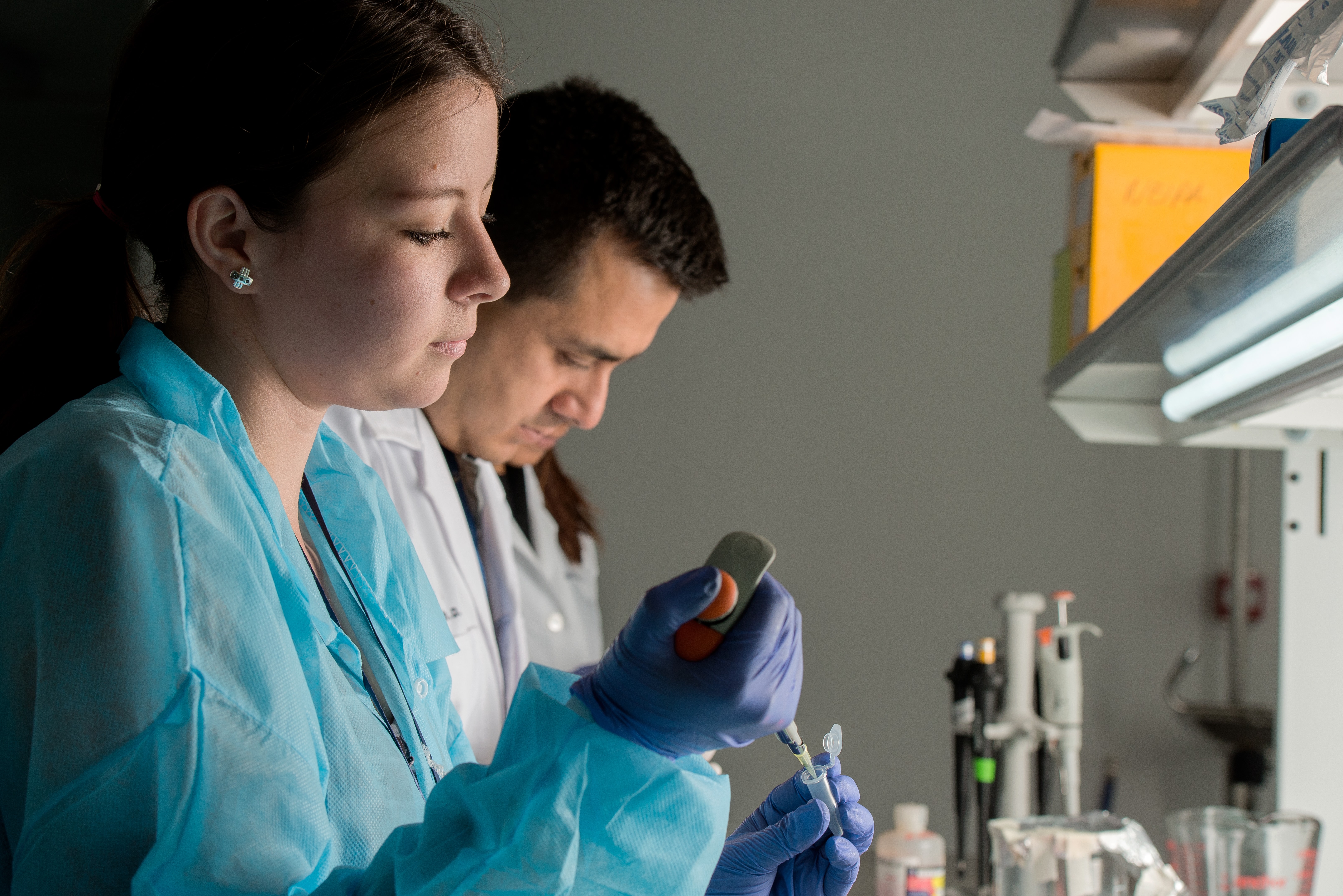

EXPANDING OPPORTUNTIES We enable health research and training in Latin America through alliance building, infrastructure development and the recruitment and retention of researchers and educators.
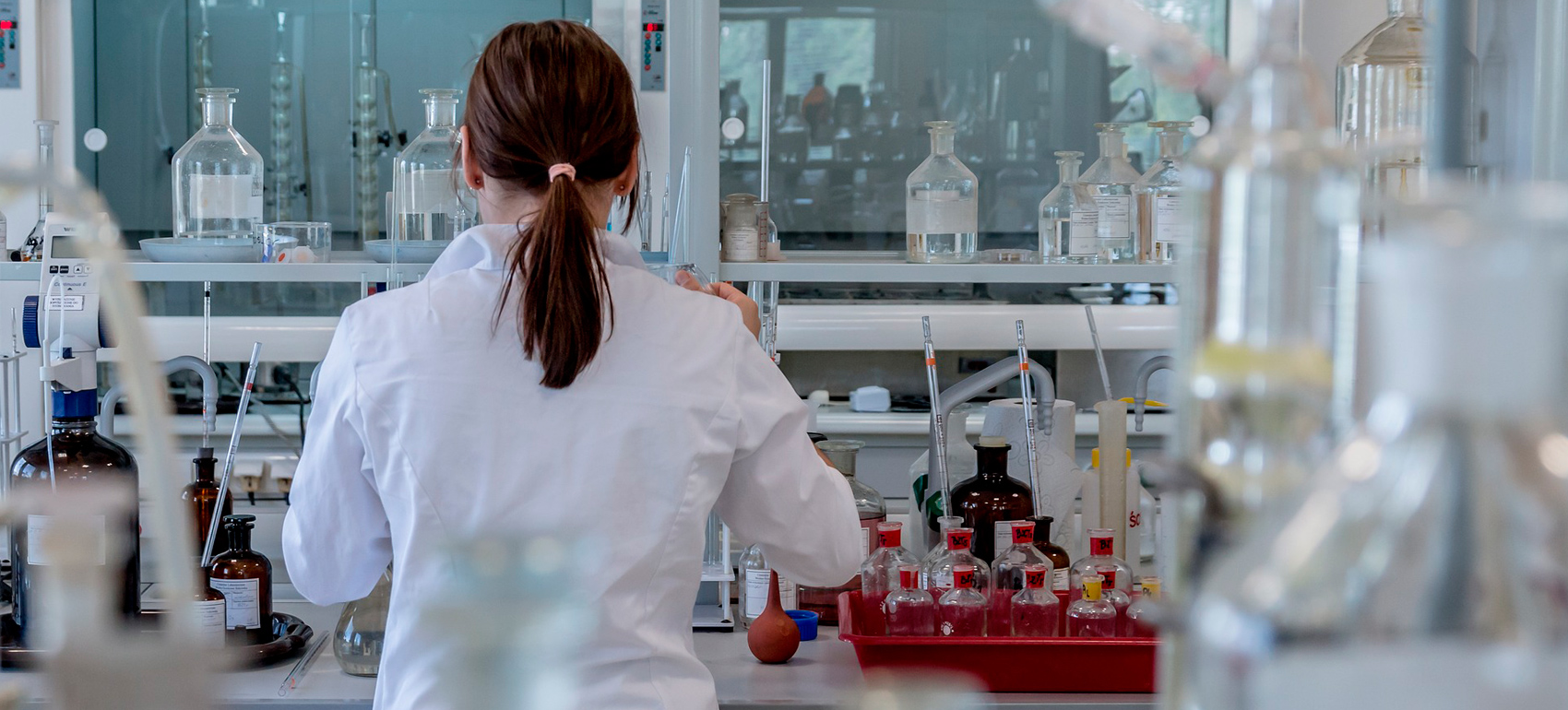

BACHELOR IN BIOMEDICAL SCIENCES Learn about our new academic offer, designed to meet today's health challenges. Learn More About


INTERNATIONALIZING EDUCATION We create opportunities for international academic learning experiences within the context of science-driven, community-based research initiatives.
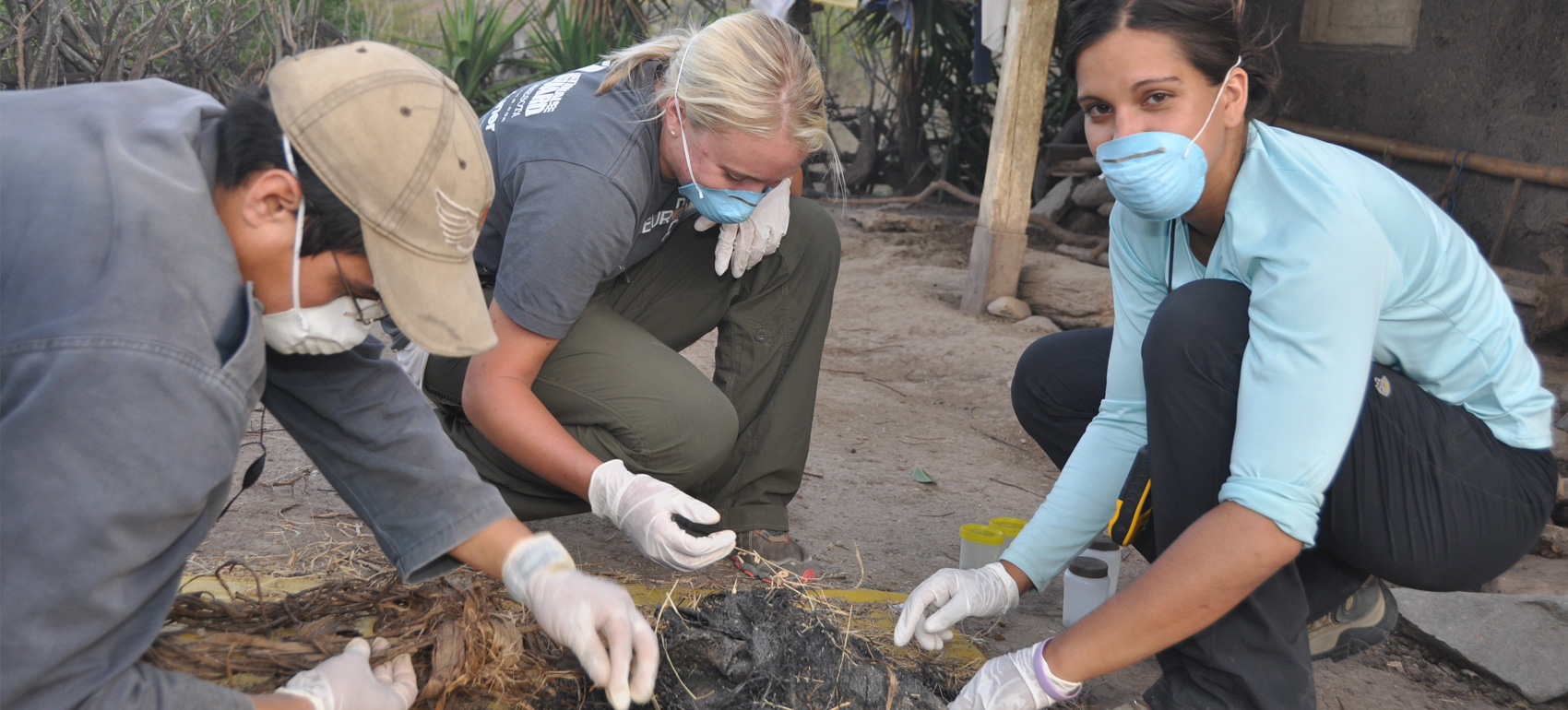

ADDRESSING COMPLEXITY We conduct multidisciplinary research that is deepening understandings of the interrelated factors that often drive disease. We apply this knowledge to the development of strategies and technologies that promote health and combat disease.
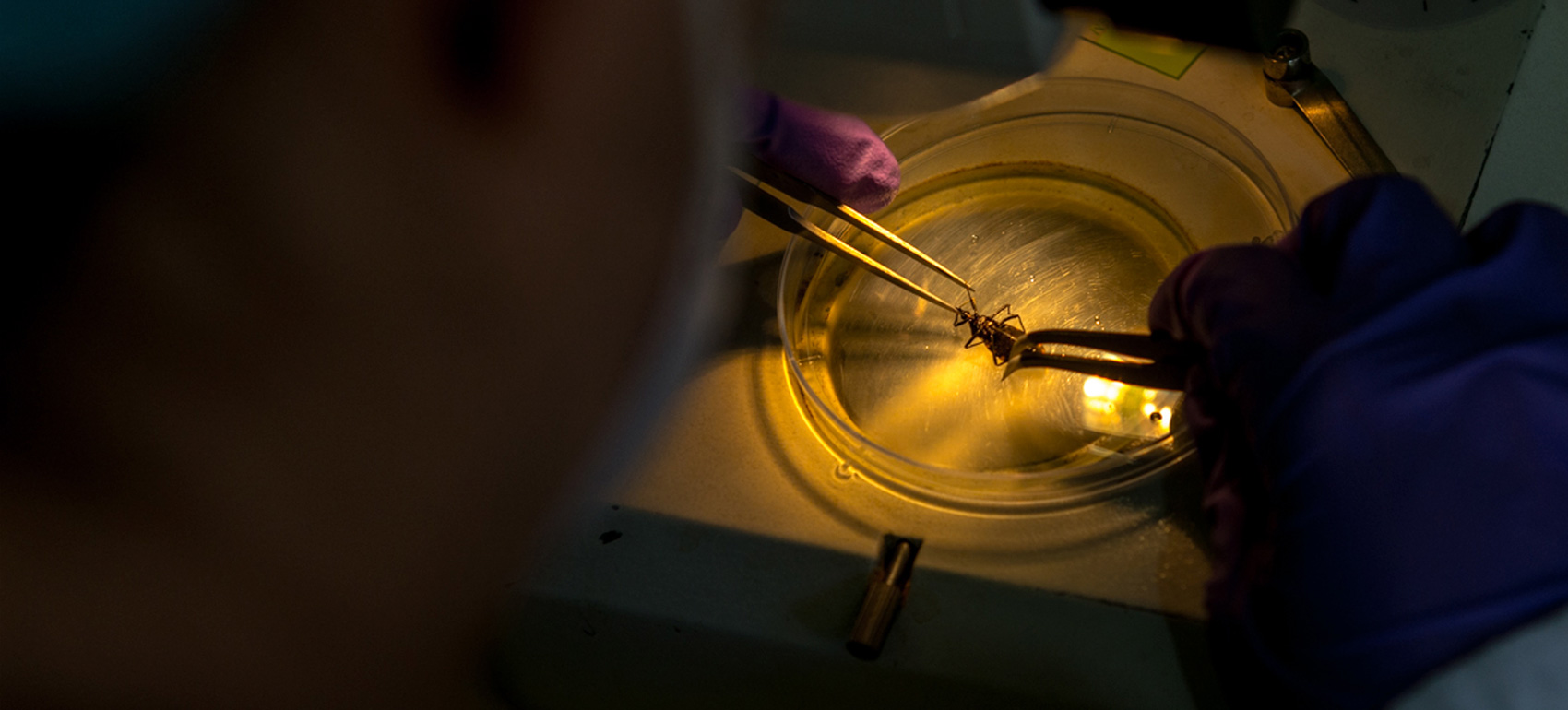

HEALTHY LIVING INITIATIVE Every effort counts to eliminate Chagas Disease in Ecuador. Learn More About
